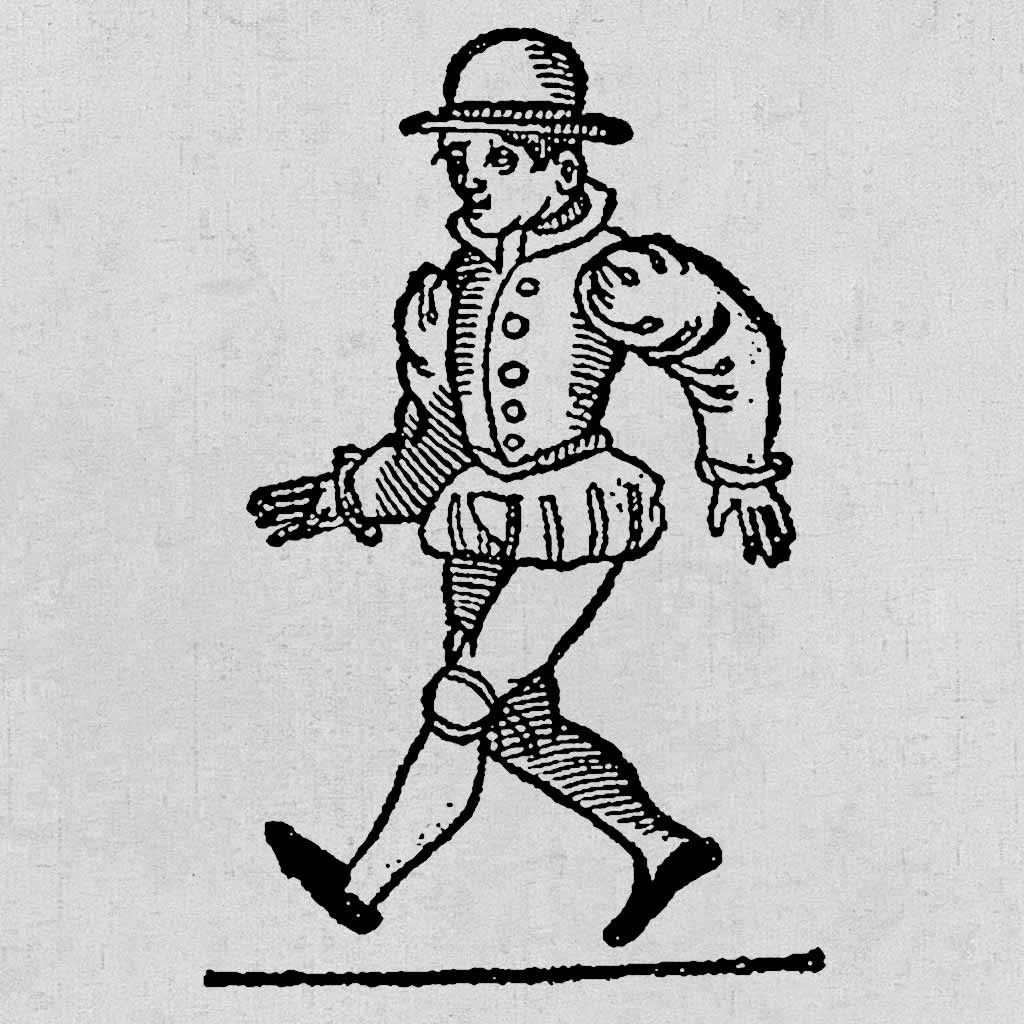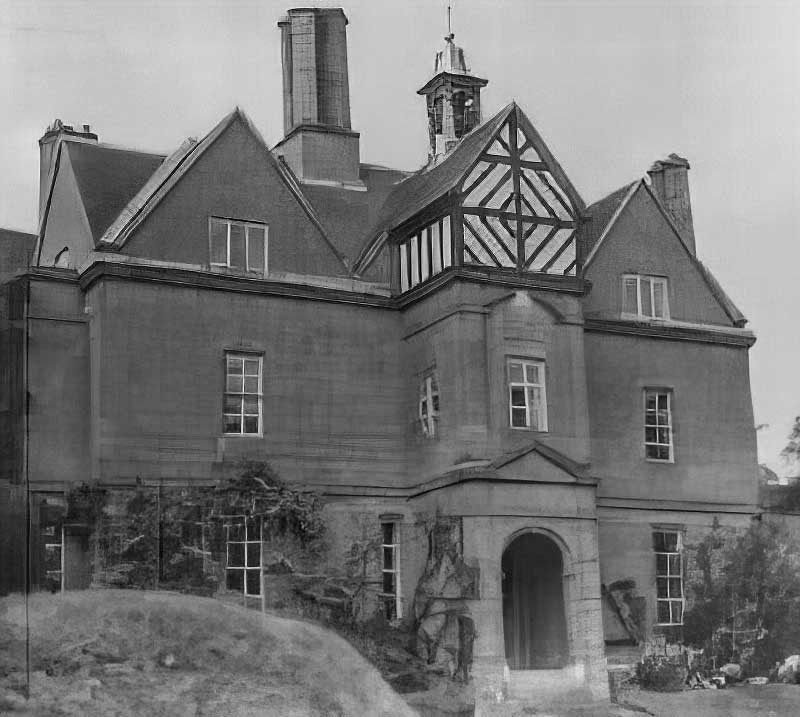Capriol
Warlock’s suite inspired by Arbeau’s dance manual
In 1588 a book on dance was published under the title Orchésographie et traité en forme de dialogue par lequel toutes personnes peuvent facilement apprendre et pratiquer l’honnête exercice des danses (translation: Orchesography and treatise in the form of a dialogue by which all people can easily learn and practice the honest exercise of the dances).
The name of the author, Thoinot Arbeau, was in fact an anagram of his real name, Jehan Tabourot, but since he was a canon of the cathedral at Langres it was probably politic not to publish a work on such a secular entertainment as dance under his own name. As in many text books of the period the material is presented in the form of a dialogue, in this case between Arbeau and Capriol, a lawyer. This explains Warlock’s choice of name for his Suite ‘based on dance tunes from Arbeau’s Orchésographie’. In 1925 Cyril Beaumont published an English translation of Arbeau’s book, in which the musical illustrations were transcribed by Warlock, who also provided an informative preface on the dance tunes of the period. In October 1927 Warlock produced his Suite based on a selection of these tunes.
Respighi had published the first of his collections of Ancient Airs and Dances in 1917. These attractive pieces are in essence the original dance tunes harmonized in sixteenth-century style, but dressed up in full twentieth-century orchestrations. Versions for piano solo (needing large hands) were also available. The approach can be compared with that of Elgar or Henry Wood orchestrating works by Bach for full orchestra, or Busoni arranging his organ works for modern grand piano. Capriol has quite a different effect, being both simpler and more original. Though, as will be seen, the movements are based closely on Arbeau, much of the harmony is clear Warlock, and he is not afraid to add counterpoint, descants and codas.
1 Basse Danse
This dance had already gone out of fashion in Arbeau’s day, but he includes it in the hope that it may be revived by ‘modest matrons’. It was stately, and the feet were not raised but glided over the floor, hence the name. Warlock follows Arbeau exactly, three melodies, each repeated, followed by a repeat of the first section, though Warlock has a short coda instead of Arbeau’s fourth tune. Each repetition is harmonized and/or orchestrated differently.
2 Pavane
Another stately dance which had taken the place of the basse danse, and was usually followed by the more lively galliard. Arbeau printed this melody in its four-part vocal form, and Warlock, after establishing the dance drum-beat gives this four-part version almost unaltered. He then repeats it with Arbeau’s tenor as a descant; however, the final phrase is given new harmony, as it to show there is a new composer present on the scene.
3 Tordion
This started life as the concluding, slighter faster, figure of the basse danse. Warlock speeds up Arbeau’s tune and lightens each repetition to such an extent that the music almost disappears.
4 Bransle
Originally a country round dance this was taken into aristocratic circles, and it was still danced at the court of Charles II. The longest movement in the suite, Warlock uses no fewer than five of Arbeau’s tunes, gradually gathering pace until the music reaches its brilliant cross-rhythm conclusion.
5 Pieds-en-l’air
Only the first phrase appears in Arbeau, developed by Warlock into a wonderfully flowing four-phrase melody, repeated with new harmonies and given a typical slow Warlock final cadence.
6 Mattachins
The first half of the movement sets out one of Arbeau’s variants of the Air des Bouffons. The second half has no melody, being a series of discordant clashes between concentrated bodies of the strings, sounding more like Bartók than any British composer. (Warlock knew Bartók well, and admired his music.) It clearly derives from the fact that this was a sword dance, and presumably very noisy!
The complete Capriol Suite
Notes by Michael Pilkington ©1997.
M.I.D.I. files, from which audio was derived, created by Tony Matthews © 2001



